How to Propagate Pothos in a Ziplock Bag (Plus Another Genius Twist)

We’ve all got that one houseplant that never quits. For me? It’s pothos. It survives forgotten waterings, low light, and even the occasional curious cat. But what I really love about pothos is how ridiculously easy it is to propagate, especially with this clever ziplock bag trick.
Yes, a ziplock bag. You know I love a good household hack, and this one is just too good not to share. You’ll be able to turn one trailing vine into a dozen new plants without even stepping outside.
Let me show you exactly how to do it.
Tools and Materials:
- Healthy pothos plant
- Clean pruning shears or sharp scissors
- 1 quart-size ziplock bag (or larger for big leaves)
- Perlite (not soil!)
- Spray bottle with water
- Plastic straw
- Optional: gloves for handling perlite
Hometalk may receive a small affiliate commission from purchases made via Amazon links in this article but at no cost to you.
1. Fill the Bag With Perlite
Start by pouring about ¼ of the ziplock bag full of perlite.
This will act as your propagation medium, it holds moisture while giving roots plenty of airflow.
2. Pre-Soak the Perlite
Use your spray bottle to wet the perlite until it’s fully saturated, but not dripping. You want just a bit of water to pool at the bottom.
If needed, zip the bag and give it a gentle shake to distribute the moisture.
3. Take a Healthy Pothos Cutting
Snip a stem just below a leaf node on your pothos.
Ideally, choose a vine with 2–3 leaves and at least one bare node (where roots will sprout).
4. Insert the Cutting
Gently push the cut end of the stem into the damp perlite, making sure at least one node is buried.
Try to keep the leaves from touching the perlite to prevent rot.
5. Seal (Almost!) the Bag
Zip the bag almost completely closed, leaving one small corner open for the straw trick.
This keeps humidity in while giving you one last step to do...
6. Inflate the Bag With a Straw
Insert the straw into the small opening, blow gently to puff up the bag like a pillow, then quickly seal it shut.
This creates a mini greenhouse with airflow, moisture, and just enough structure to keep the leaves off the sides.
7. Let It Rest and Breathe
Place your bag somewhere bright but out of direct sun (a windowsill with filtered light is ideal).
Every few days, crack the seal for a minute to let fresh air in.
In about 3–5 weeks, you should see roots forming!
Final Tip: When to Transplant
Once roots are at least 1–2 inches long, you can pot your new pothos in soil or move it to water for further growth.
Or reuse the bag for another round, just refresh the perlite!
Have a look at this cute propagating idea
DIY Water Propagation Station & Tips
How to Propagate Pothos Using a Ziplock Bag & Straw
If you've got a pothos plant and a ziplock bag, you’re halfway to an indoor jungle. This propagation trick is one of those low-effort, high-reward projects that makes you feel like a total plant whisperer.
Try it out and let me know—did your cuttings root? What other ziplock bag hacks are you using in your home?
Enjoyed the project?
Comments
Join the conversation
-
 Syntha
on Jul 27, 2025
Syntha
on Jul 27, 2025
Or you can put it in a clean glass jar with water and it will grow roots. I do this with a variety of plants, Swedish Ivy, Pothos of any kind, Philodendrens, spider plants, Arrowhead plants, Tradescantia zebrina or any plant in that family, Regular Ivy, Hoya, etc. I usually take the label off of glass jars and use them for starting plants or for other things. If it is in the summer time, I set them outside but no direct sunlight, in the winter on a bright window sill again with no sunlight. Just thought I would mention this way as well. No matter what medium you use, good luck and happy growing.
-
-
-
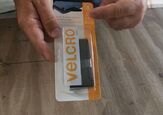
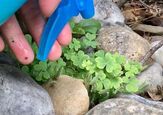











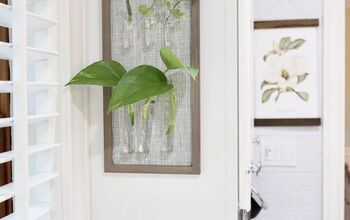

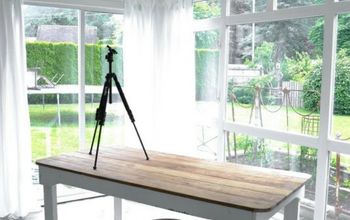
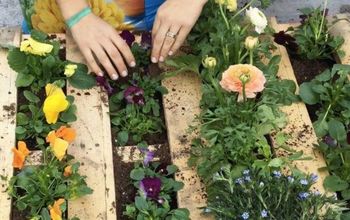




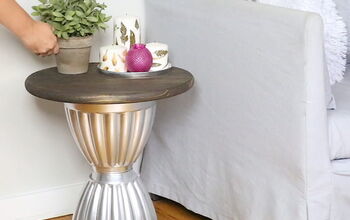
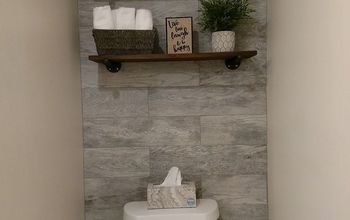
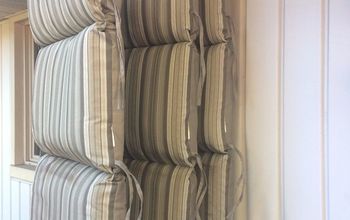





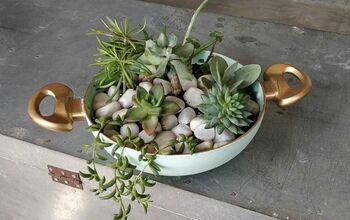
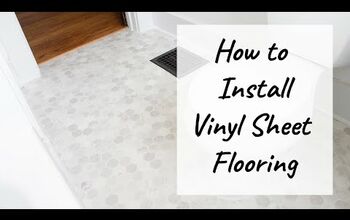
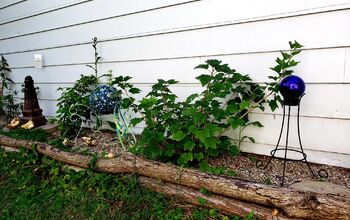

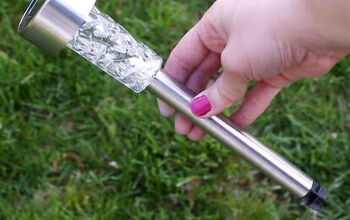

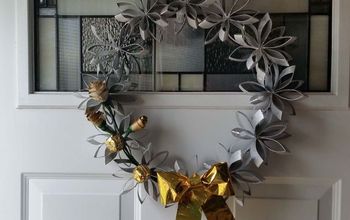
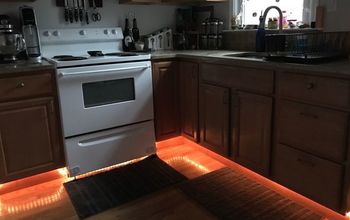

Frequently asked questions
Have a question about this project?
Indeed, it would save oil, plastic, landfills, water for plastic manufacture, more of same for the straw you'd use; more oil, ground destruction and the associated air and ground pollution for mining the the perlite ore; VAST amounts of heat to produce the perlite; water, dyes, and MORE heat to produce the paper box for the Ziploc bags and straws; more oil to make the plastic bag for the perlite; all the cardboard and plastic to package and ship all these materials once produced; and more oil and air pollution to transport to the store where you buy them IF YOU WOULD JUST USE AND OLD JELLY OR PICKLE JAR OR SOMETHING FILLED WITH JUST WATER TO DO THE SAME THING. EVERYthing we do reaches TREMENDOUSLY farther than the simple box or bag we take off the shelf. But we LOHHHHHVE our SINGLE USE PLASTIC, now don't we?